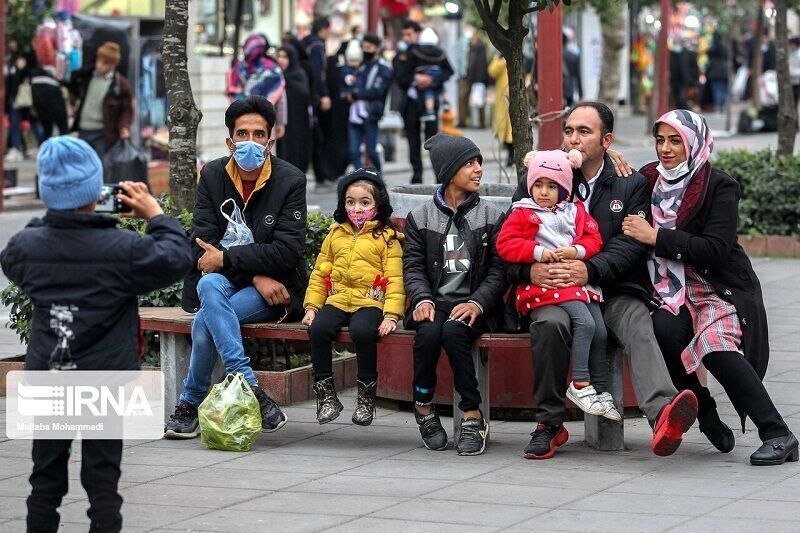Youth population key priority for health ministry

TEHRAN – Youth population is the top priority of the health ministry and the current administration, an official with the health ministry has said.
In today’s world, where the competition among countries relies more than ever on the productivity of knowledge and human resources, no factor other than the youth population can contribute to a hopeful future for any nation, IRNA quoted Alireza Raeisi as saying. The official made the remarks on the occasion of the national population week.
Iran is going through a population window of opportunity - a period in which a large proportion of the population is the working age. Known as a unique opportunity for economic, social, and cultural growth, it requires comprehensive polices in the fields of health, employment, education, welfare, and family.
However, ignoring this opportunity may lead the country to face numerous demographic challenges, such as an aging population, a shrinking workforce, and disruptions in the intergenerational balance in the not-so-distant future.
The official went on to elaborate on services being provided by the health ministry; these include providing free educational courses to young couples, supporting over 300 non-governmental anti-abortion centers, training of trainers to develop a health-oriented family culture, and establishing a digital birth registration system in hospitals.
Free natural childbirth services to promote safe and physiological childbirth, extensive insurance coverage (up to 90%) for infertility treatment, free pregnancy consultation, and education programs are among other measures taken by the health ministry in line with the youth population law.
Observed from May 14 to 20 under the theme ‘children, life assets’, the days of the national population week have been named as follows: Wednesday, May 14, ‘Father, mother, good sense of life’; Thursday, May 15, ‘Motherhood, elixir of youth’; Friday, May 16, ‘Desiring a child’; Saturday, May 17, ‘My lonely child’; Sunday, May 18, ‘I want to stay alive’; Monday, May 19, ‘My life in old age’; Tuesday, May 20, ‘Child-friendly society.’
Iran’s transition into an aging country ‘inevitable’
Considering the fact that the fertility rate in Iran is stabilized at around 1.6 children per woman, which is much lower than the rate required to replace its aging population, the transition of society from young to middle-aged has become inevitable.
According to the first five-year national development plan (1989-1993), the policies focused on lowering the total fertility rate from 6.4 children in the Iranian year 1365 (1986) to 4 children in 1390 (2011) and reducing the population growth rate from 3.2 to 2.3 percent in the same period, IRNA quoted Mohammad-Javad Mahmoudi, an official with the National Institute for Population Research, as saying.
However, the measures taken back then led to a wide transformation and change in population indicators and a noticeable decrease in population growth and fertility rate far beyond the set goals of the first development plan in the country, the official noted.
According to the latest census, the number of aged citizens in the country is growing by 3.62 percent, five times faster than the total population growth rate, which is 1.24 percent.
In the next 30 years, the population aged 60 years or older is projected to hold a 32 percent share of the whole population; that is, the elderly will account for one-third of Iran’s population by 2050, the official noted.
Currently, men and women aged above 60 constitute some 11.5 percent of Iran’s population, an official with the health ministry has said.
For the time being, elderly women account for 52.3 percent of the total population, outnumbering men (47.7 percent), ISNA quoted Saber Jabbari as saying.
MT/MG
